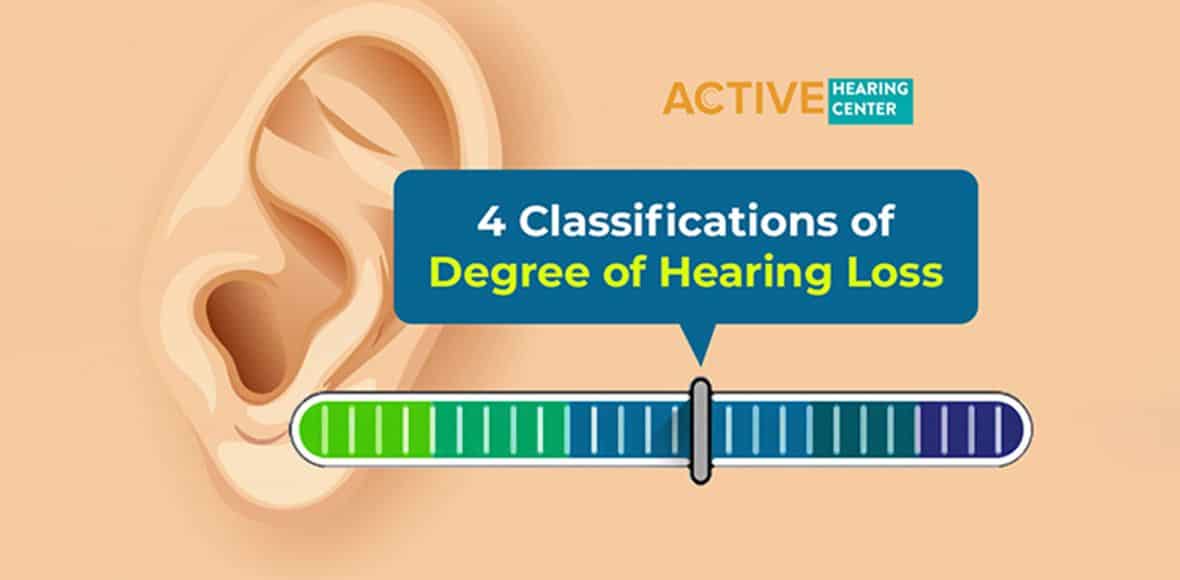Hearing loss cases vary depending on the degree of severity. Knowing this is necessary so that hearing professionals can recommend a type of hearing aid that is suitable for your specific needs. Generally, there are 4 levels of hearing loss: mild, moderate, severe, and profound.
In order to understand hearing loss better, it is worthy to know how sound is measured first. The unit decibels (dB) is used as a measure of the intensity of sound on which we perceive as loudness. On the other hand, the frequency is measured in Hertz (Hz) and we perceive it as pitch. To give you an idea, the decibel level of a normal conversation is around 55-60 dB, while the decibel level of a gunshot is around 140 dB.
4 Classifications of Degree of Hearing Loss
The following describes each classification of degree of hearing loss according to World Health Organization (WHO).
1. Mild Hearing Loss
Individuals with this level of hearing loss cannot hear sounds that are lower or softer than 26 dB. People with mild hearing loss are still able to carry out one-on-one conversations but may have a hard time understanding soft-spoken people, young children, and distant speeches. They can hear loud and more intense vowel sounds but may oftentimes miss out the softer consonant sounds.
Intervention for Mild Hearing Losses: For some people, the use of hearing aids may not be necessary but may still be advised for those who are experiencing difficulty understanding speech. The configuration of hearing loss, speech discrimination scores, quality of life, are some of the things that may be considered prior to hearing aid use.
2. Moderate Hearing Loss
Individuals with this level of hearing loss cannot hear sounds lower or softer than 41 dB. People with moderate hearing loss may already have difficulty carrying out conversations both personal and over the phone, that’s why they tend to ask people to repeat themselves when talking. Not only do they miss out hearing consonant sounds but vowel sounds become harder to catch too.
Intervention for Moderate Hearing Losses: Use of Hearing aids
3. Severe Hearing Loss
Individuals with this level of hearing loss cannot hear sounds lower or softer than 71 dB. People with severe hearing loss rely on lip-reading to understand a person talking. As normal conversations are inaudible, they need hearing aids or other amplification devices in order to hear.
Intervention for Severe Hearing Loss: Use of Hearing aids is highly recommended.
4. Profound Hearing Loss
Individuals with this level of hearing loss cannot hear sounds lower or softer than 91 dB. People with profound hearing loss can only recognize extremely loud sounds. But even in this loudness, they still can’t understand speech without hearing aids or cochlear implants.
Intervention for Profound Hearing Losses: Use of Hearing aids or cochlear implants
How Hearing Loss Can Be Measured
One’s degree of hearing loss can only be measured with the help of a professional. The best way to go about this is to schedule an appointment with a trusted hearing aid and testing center as soon as possible. The sooner you decide to take action, the sooner you can put an end to the many possible negative effects of unresolved hearing loss.
If you want to get an idea of what happens during a hearing test, you may find this blog post very helpful.
If any of the descriptions above fit you or your loved one, we recommend contacting us today.








